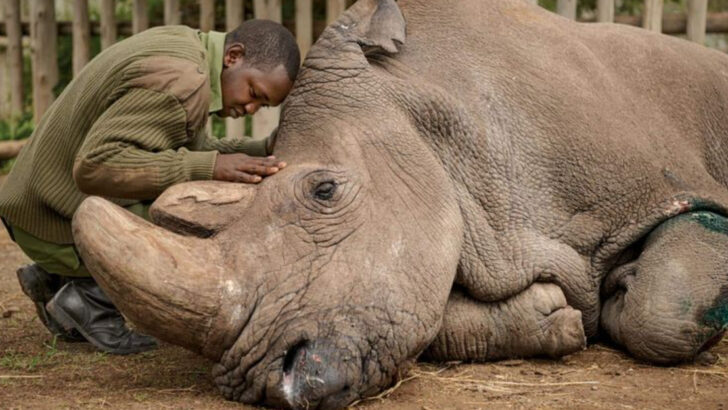The wild is a fierce battleground where only the toughest survive. But some animals are fighting harder than ever—battling threats from habitat loss, poaching, and climate chaos. Fourteen incredible species stand their ground with grit and determination, refusing to vanish quietly from our world. Their stories are about survival, strength, and resilience against all odds. Yet, heartbreak lingers. Six others are slipping closer to the edge, their fight growing weaker with every passing day. Their future hangs by a fragile thread, begging us to act before it’s too late. Get ready to meet these wild warriors—some winning, some losing—but all deserving our attention and action. Their fate is a mirror to our planet’s health, and their survival depends on us.
African Elephant
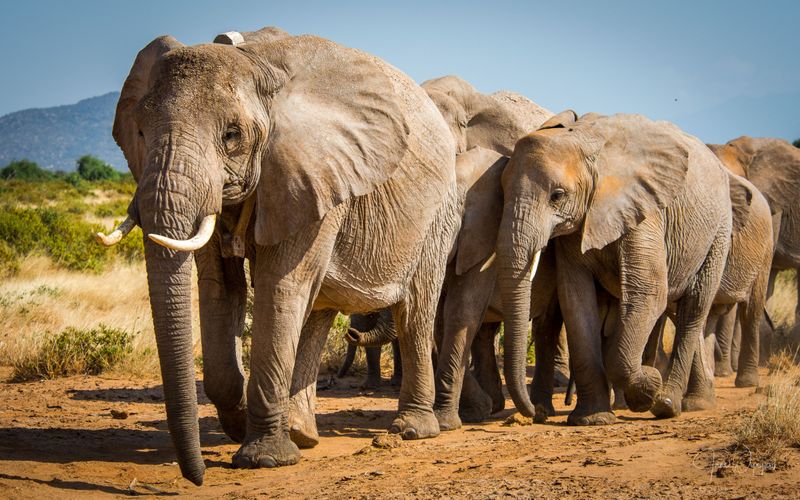
The African Elephant, with its majestic tusks and towering presence, roams the savannahs and forests of Africa. These gentle giants are known for their intelligence and strong social bonds. Unfortunately, they face threats from poaching for their ivory and habitat destruction.
Did you know? An elephant’s trunk has over 40,000 muscles, making it incredibly versatile. Their survival is critical, as they play a key role in maintaining the ecosystem by spreading seeds and creating water holes.
Conservation efforts are vital to protect these magnificent creatures for future generations.
Bengal Tiger
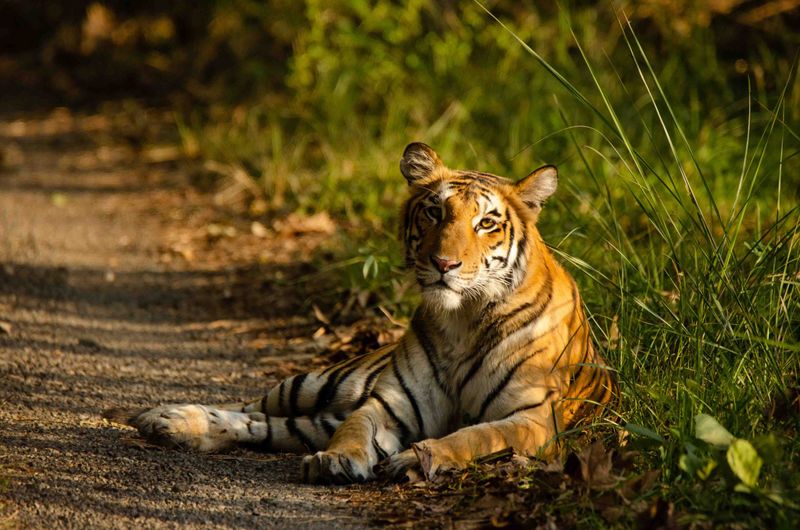
In the dense forests of India, the Bengal Tiger prowls with grace and power. Known for their striking orange coats and black stripes, they are apex predators, vital to the balance of their ecosystem.
These magnificent cats face threats from habitat loss and poaching for their skins and bones. Despite strict protections, their numbers continue to dwindle.
Conservationists are working tirelessly to secure their habitats and curb illegal hunting. The Bengal Tiger’s survival is a symbol of a healthy and thriving ecosystem.
Mountain Gorilla
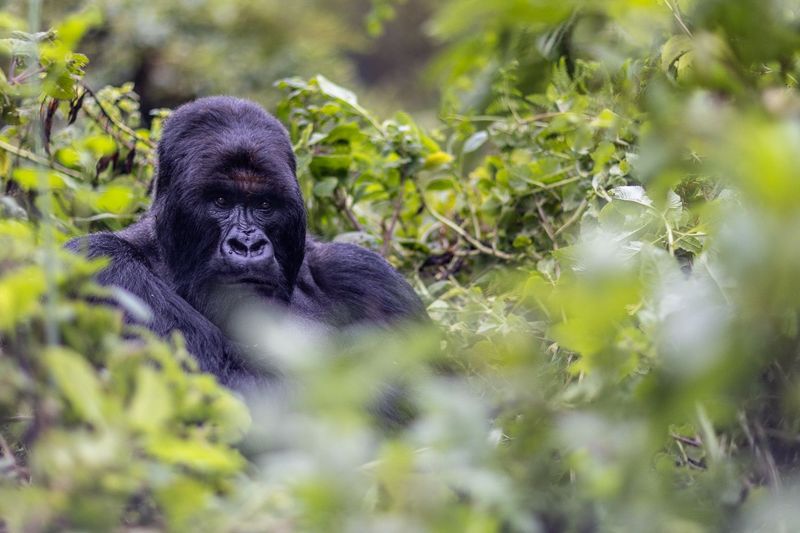
High in the misty mountains, the Mountain Gorilla lives in close-knit family groups. Known for their gentle nature and human-like expressions, these creatures capture the hearts of all who see them.
Sadly, they are threatened by poaching, disease, and habitat loss. Efforts to protect them have shown positive results, with numbers slowly increasing.
Mountain Gorillas are a conservation success story, proving that dedicated efforts can reverse the tide. Protecting their habitat is crucial for their continued survival.
Snow Leopard
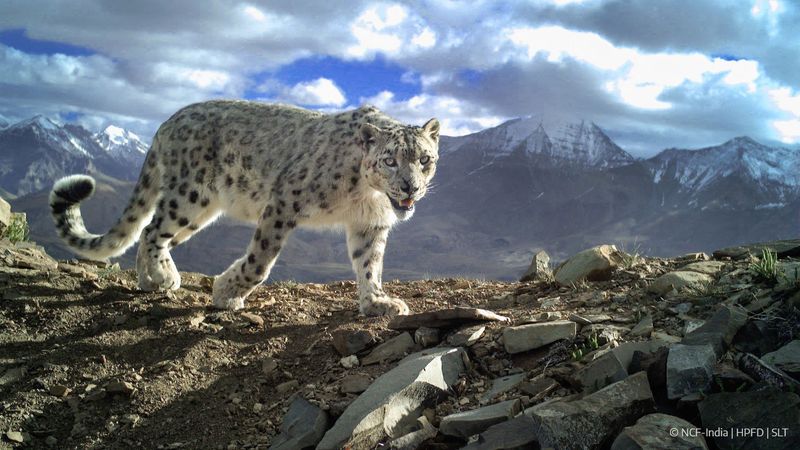
With their thick, spotted coats, Snow Leopards blend seamlessly into their mountainous habitats. These elusive cats are solitary and mysterious, traversing vast territories in search of prey.
Their survival is threatened by poaching and habitat fragmentation. The Snow Leopard Trust works to protect these animals through community-based conservation.
Snow Leopards symbolize the wild, untamed beauty of the high mountains, and their preservation is essential for maintaining the delicate balance of their ecosystem.
Red Panda
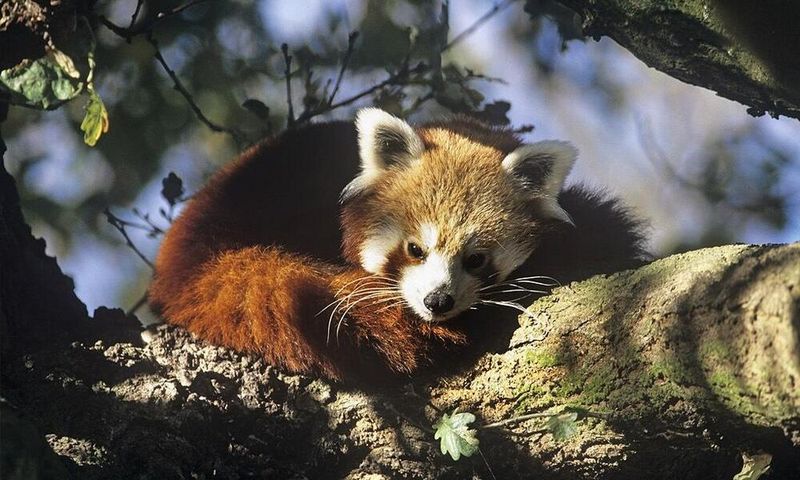
The Red Panda, with its striking red fur and bushy tail, is a symbol of the Eastern Himalayan forests. These playful creatures spend their days climbing trees and foraging for bamboo.
Habitat loss and poaching pose significant threats to their survival. Conservation programs are working to protect their habitats and raise awareness.
Red Pandas are beloved for their curious nature and charm, and their protection is a priority for maintaining biodiversity in their native regions.
African Wild Dog
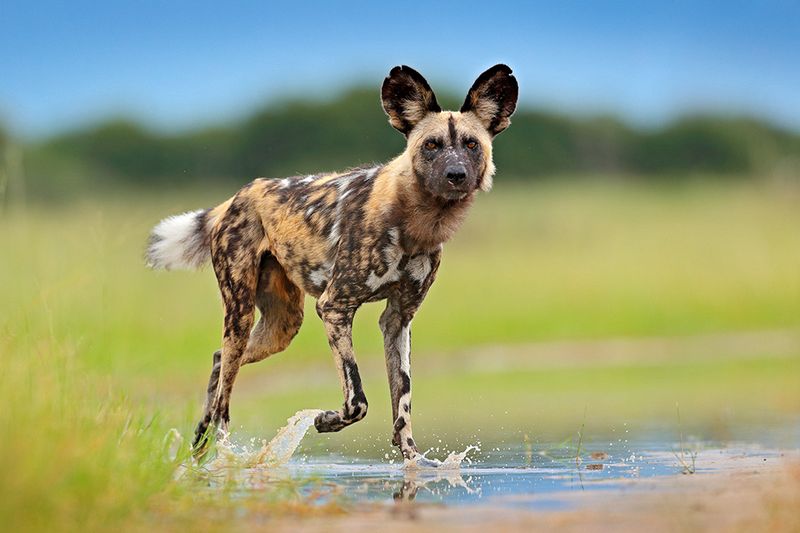
The African Wild Dog is known for its unique coat patterns and strong pack bonds. These highly social animals communicate through a series of vocalizations and gestures.
Habitat loss and human conflict are major threats to their survival. Conservation efforts focus on securing their habitats and reducing human-wildlife conflict.
African Wild Dogs play a crucial role in regulating prey populations, and their conservation is vital for maintaining ecological balance.
Leatherback Sea Turtle
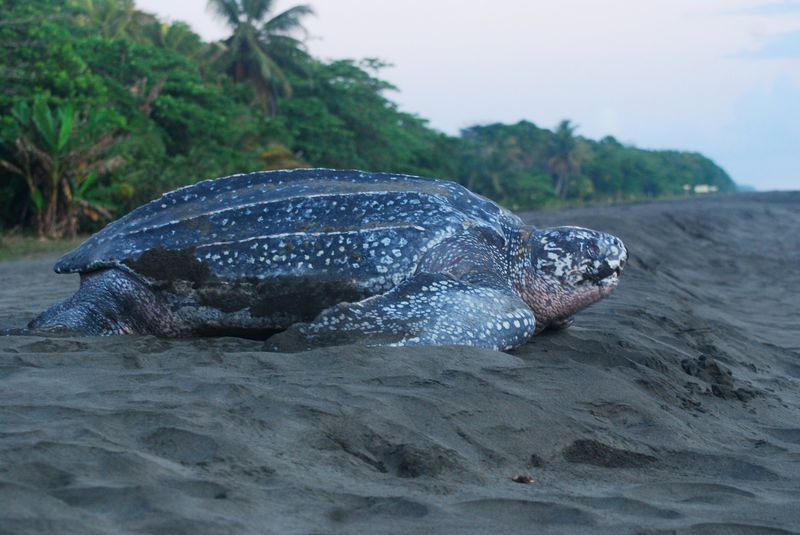
Leatherback Sea Turtles are the ocean’s gentle giants, known for their massive size and migratory journeys. They feed primarily on jellyfish and can dive to incredible depths.
Threats from plastic pollution and fishing nets endanger their survival. Conservation efforts include protecting nesting sites and reducing marine debris.
These ancient mariners have roamed the oceans for millions of years, and their preservation is critical for marine biodiversity.
Black Rhino
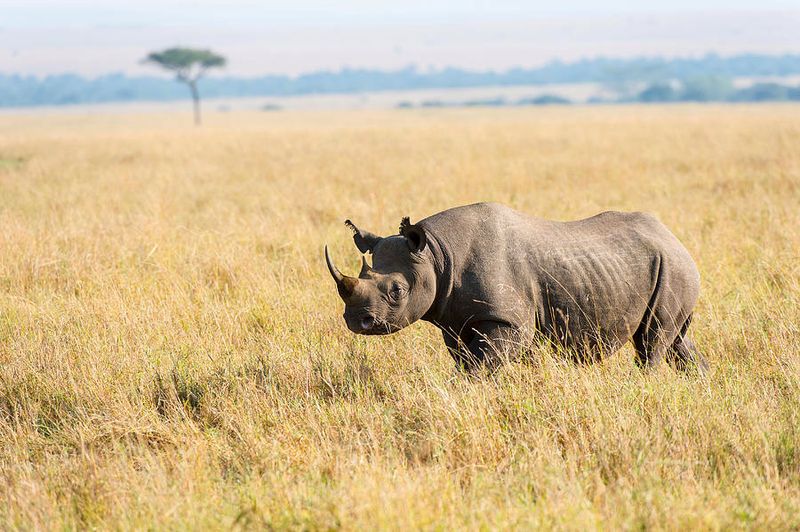
The Black Rhino, with its two horns and thick skin, is a symbol of strength and resilience. Found in Africa’s savannahs, these herbivores play a vital role in their ecosystem by shaping the landscape.
Poaching for their horns poses a severe threat to their existence. Anti-poaching initiatives and habitat conservation are essential for their survival.
Black Rhinos are a conservation success story, with populations slowly recovering due to dedicated efforts.
Giant Panda

With its black-and-white coat, the Giant Panda is an icon of wildlife conservation. Found in China’s bamboo forests, these gentle creatures spend most of their time eating and resting.
Habitat fragmentation and low birth rates pose challenges to their survival. Conservation efforts focus on habitat preservation and breeding programs.
Giant Pandas symbolize hope and resilience, and their continued existence is crucial for maintaining biodiversity.
Polar Bear
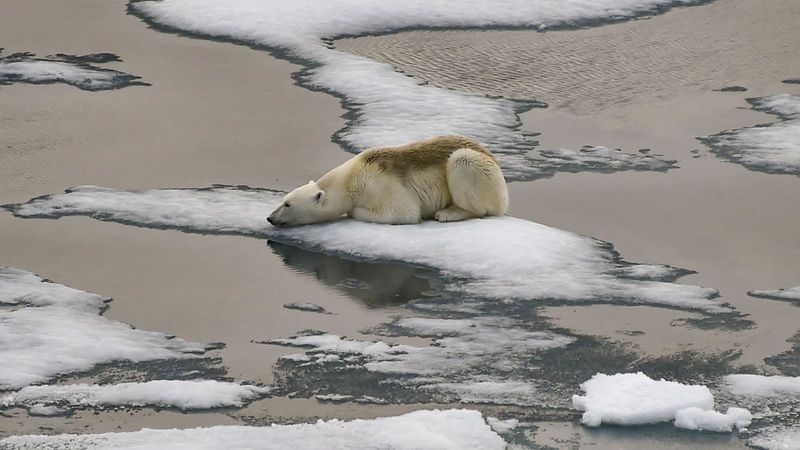
Polar Bears, the majestic rulers of the Arctic, are uniquely adapted to their icy habitat. Known for their strength and endurance, they hunt seals on the sea ice.
Climate change and melting ice threaten their survival, as they rely on ice for hunting. Conservation efforts focus on reducing greenhouse gas emissions and protecting their habitat.
Polar Bears are a symbol of the fragility of the Arctic ecosystem and the urgent need for climate action.
Amur Leopard
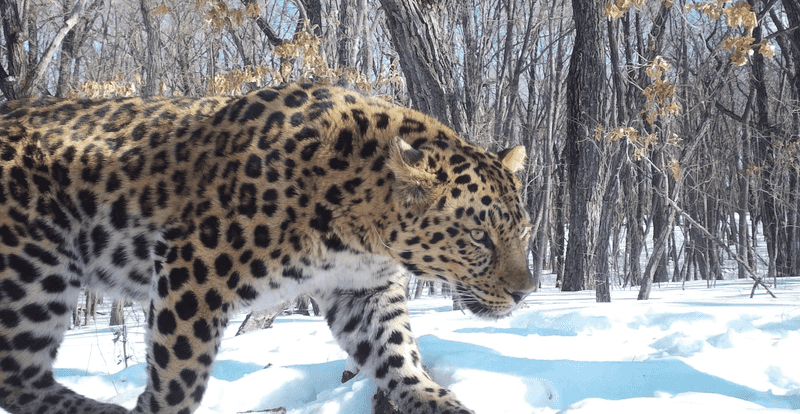
The Amur Leopard, with its stunning coat of rosettes and paler winter coloring, prowls the forests of Russia and China. Known for its strength and elegance, it’s one of the world’s rarest big cats.
Facing threats from habitat loss and poaching, conservationists are working to protect their remaining habitat and prevent illegal hunting.
Amur Leopards symbolize the beauty and fragility of the natural world, and their conservation is vital to preserving biodiversity.
Asian Elephant
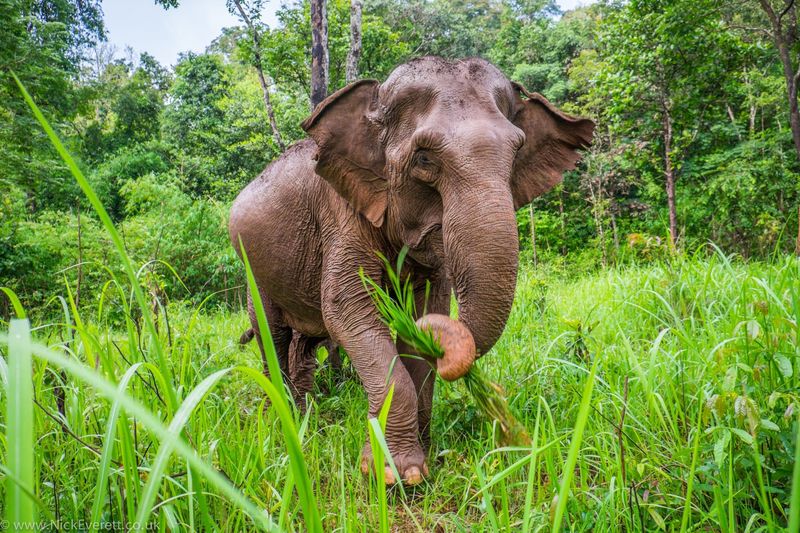
The Asian Elephant, smaller than its African cousin, is found in the jungles of Asia. Known for their intelligence and complex social structures, they are revered in many cultures.
Habitat loss and human-wildlife conflict threaten their survival. Conservation efforts focus on habitat preservation and coexistence with humans.
These majestic elephants are vital for maintaining the ecological balance of their habitats, and their protection is crucial for biodiversity.
Sumatran Orangutan
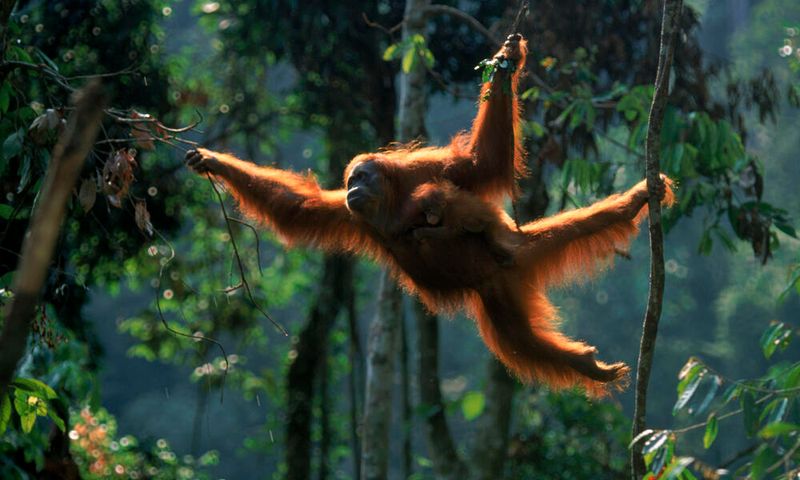
The Sumatran Orangutan, with its reddish coat and expressive eyes, is native to the rainforests of Sumatra. Known for their intelligence and gentle nature, they swing gracefully through the trees.
Deforestation and illegal trade pose significant threats. Conservationists are working to protect their forests and rehabilitate rescued orangutans.
Sumatran Orangutans are a symbol of conservation success, highlighting the importance of protecting their natural habitat.
Bornean Orangutan
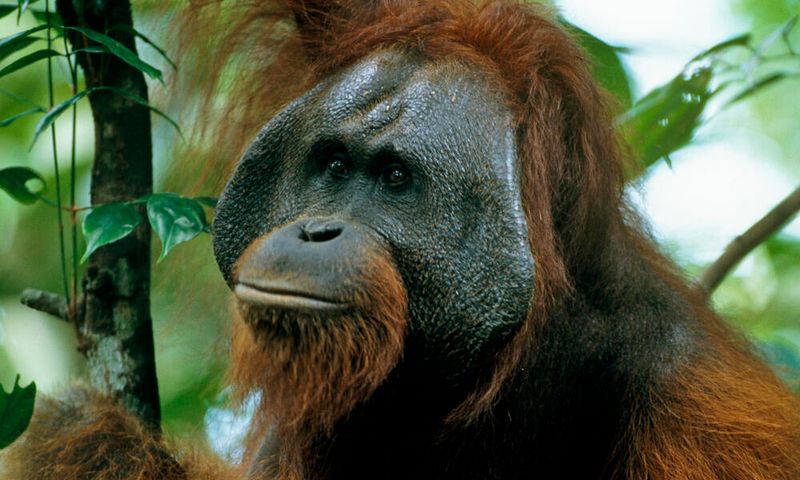
Found in the rainforests of Borneo, the Bornean Orangutan is a gentle giant known for its intelligence and solitary nature. They play a crucial role in forest regeneration by dispersing seeds.
Threatened by deforestation and habitat fragmentation, efforts to conserve these orangutans focus on habitat protection and reforestation.
Bornean Orangutans are a symbol of the rich biodiversity of Borneo, and their survival is key to the health of the rainforest ecosystem.
Grey Wolf
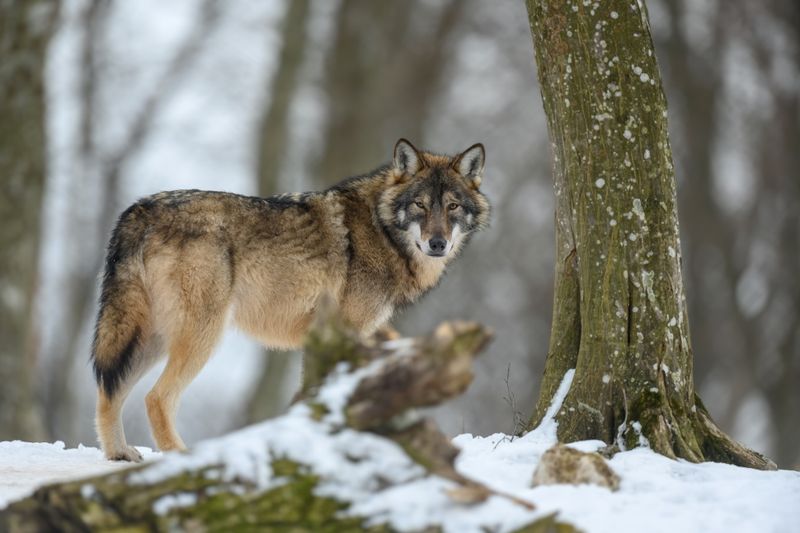
The Grey Wolf, known for its haunting howl and strong pack dynamics, roams the forests and tundras of the Northern Hemisphere. They are apex predators, vital for maintaining the balance of their ecosystems.
Threats from habitat loss and human conflict challenge their existence. Conservationists focus on habitat restoration and coexistence initiatives.
Grey Wolves are an enduring symbol of the wild, and their protection is essential for preserving ecological integrity.
Javan Rhino
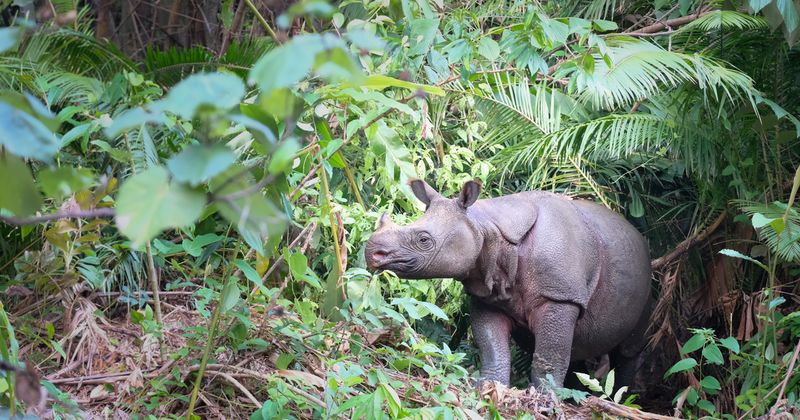
The Javan Rhino, with its single horn and leathery skin, is one of the rarest mammals on Earth. Found only in the jungles of Java, they are elusive and shy.
Threats from habitat loss and limited range pose severe challenges. Conservationists are working to protect their last remaining habitat.
The Javan Rhino’s precarious situation underscores the urgent need for conservation efforts to save this unique species from extinction.
Northern White Rhino
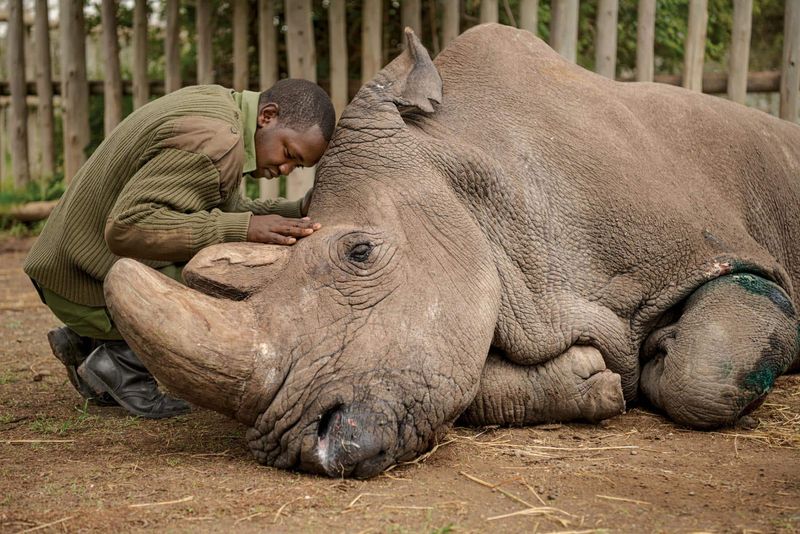
Once roaming the savannahs of Africa, the Northern White Rhino is now functionally extinct, with only two individuals remaining. Their demise is a stark reminder of the devastating impact of poaching.
Conservationists are exploring advanced reproductive technologies to save the species, but the outlook remains bleak.
The Northern White Rhino’s plight emphasizes the urgent need for stronger anti-poaching efforts and wildlife protection.
Pangolin
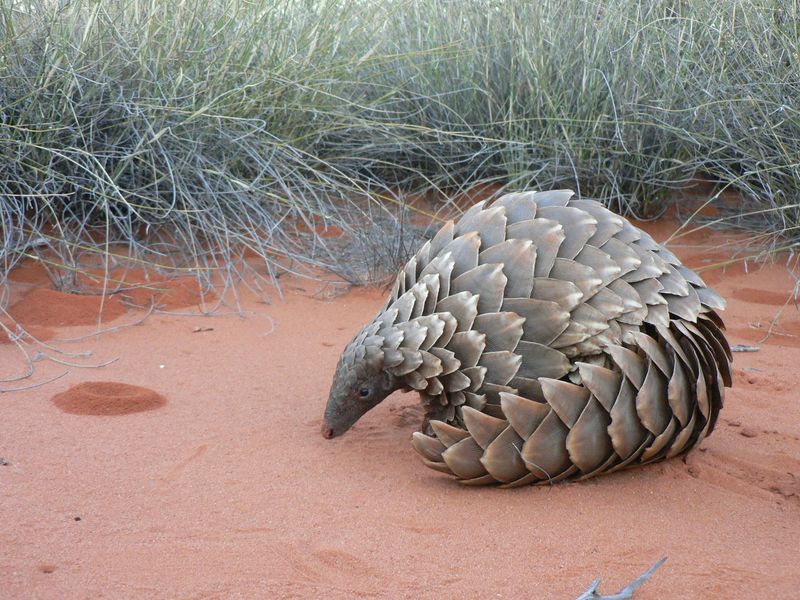
Pangolins, with their distinctive scales and nocturnal habits, are one of the most trafficked animals in the world. Found across Asia and Africa, they play a crucial role in controlling insect populations.
Rampant poaching for their scales and meat drives them towards extinction. Efforts focus on anti-trafficking measures and habitat protection.
Pangolins highlight the urgent need to address wildlife trafficking and protect these unique creatures.
Kakapo
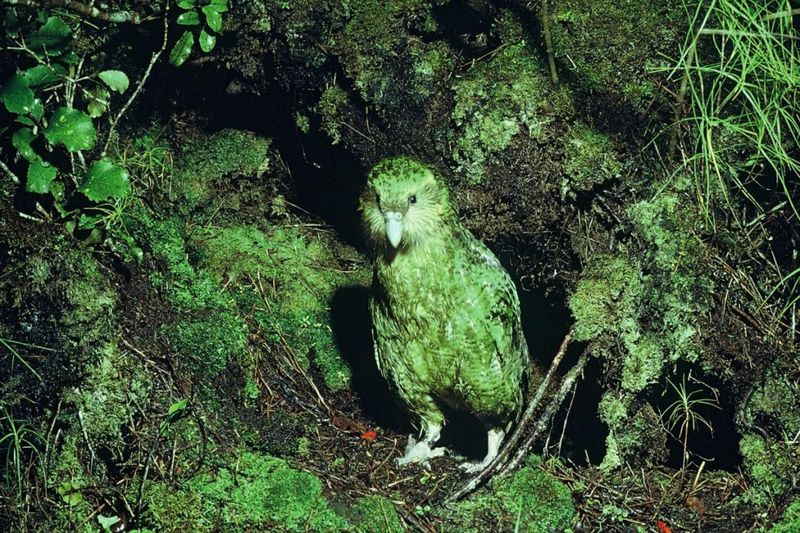
The Kakapo, a flightless parrot from New Zealand, captivates with its vibrant green plumage and curious nature. Known for its nocturnal habits and distinct booming call, it faces extinction.
Predation by introduced species and habitat loss threaten its survival. Conservation efforts include breeding programs and predator control.
The Kakapo’s story is a testament to the challenges of preserving unique island species.
Saola
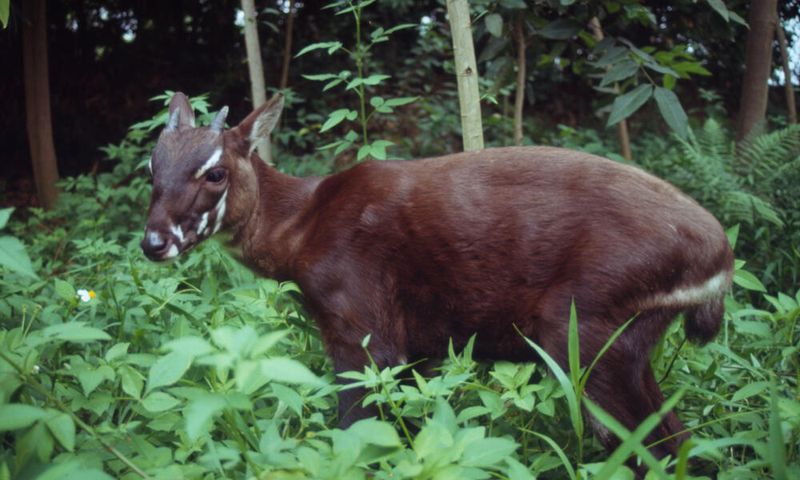
The Saola, often called the ‘Asian unicorn,’ is one of the world’s most elusive mammals. With its distinctive long horns, it inhabits the dense forests of Southeast Asia.
Habitat loss and poaching are existential threats to its survival. Conservationists are working tirelessly to protect its habitat and prevent illegal hunting.
The Saola’s rarity and beauty symbolize the incredible diversity of life that needs urgent conservation attention.

